The success of a garden depends not only on what you plant, but also when you plant it. Sowing seeds at the right time is one of the most crucial factors for achieving maximum yield—whether you are growing vegetables, fruits, herbs, or flowers.
Sow too early, and seedlings may fall victim to frost, pests, or poor light. Sow too late, and the growing season might end before your crops mature. Understanding the optimal seed-sowing times—based on climate, crop type, and soil conditions—can ensure healthier plants, higher productivity, and less stress for gardeners.
In this article, we’ll explore the science and strategy behind sowing times, seasonal breakdowns for India’s major crops, climate considerations, indoor vs outdoor sowing, and tips to maximize germination and harvest.
Why Sowing Time Matters
Timing your seed sowing accurately offers several key benefits:
- Stronger seedling development
- Efficient use of seasonal sunlight
- Better rainfall synchronization
- Reduced risk of disease and pests
- Higher yields and quality produce
In India, where climatic zones vary widely—from alpine regions to tropical coasts—timing becomes even more critical. Let’s first break down India’s growing seasons.
India’s Agricultural Seasons and Sowing Windows
India has three main agricultural seasons that determine the sowing time:
1. Rabi Season (Winter Crops)
- Sowing Time: October to December
- Harvest Time: March to May
- Examples: Wheat, mustard, peas, spinach, carrots
- Ideal Conditions: Cool temperatures with dry air and minimal rain.
2. Kharif Season (Monsoon Crops)
- Sowing Time: June to July (before or at the start of the monsoon)
- Harvest Time: September to October
- Examples: Rice, maize, soybeans, millets, okra
- Ideal Conditions: Warm temperatures and heavy rainfall.
3. Zaid Season (Summer Crops)
- Sowing Time: March to April
- Harvest Time: June
- Examples: Watermelon, cucumber, muskmelon, bitter gourd
- Ideal Conditions: Warm to hot weather, with artificial irrigation.
General Guidelines for Sowing Seeds
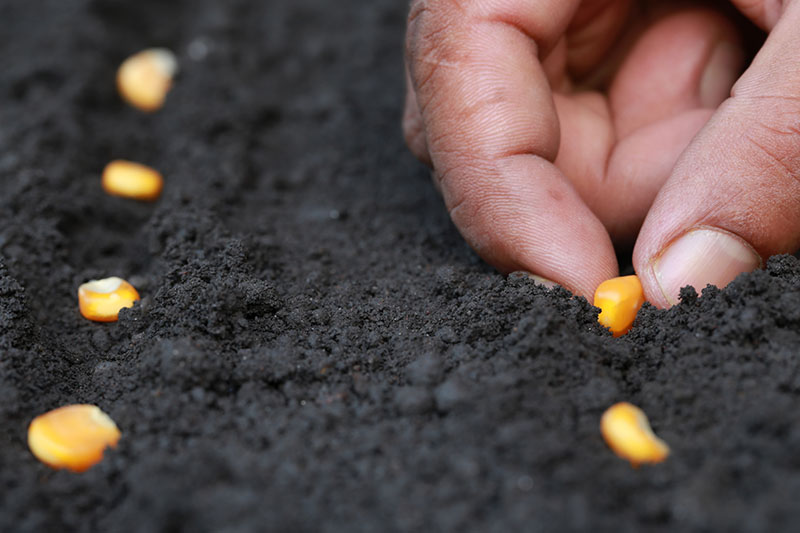
To achieve maximum germination and growth, follow these universal sowing principles:
1. Understand Germination Temperature
Each seed type has a minimum and optimal soil temperature for germination. For example:
- Lettuce: 5–20°C
- Tomato: 20–30°C
- Okra: 25–35°C
Use a soil thermometer or refer to regional agricultural guidelines.
2. Check the Frost Calendar
In regions with winter frost (e.g., North India), sow frost-sensitive seeds like tomatoes or chilies only after the last frost date. In tropical areas, this isn’t a concern, so sowing can happen earlier.
3. Follow the Moon Cycle (Optional but Popular)
Many traditional Indian farmers use lunar calendars to sow seeds. The waxing moon phase (Shukla Paksha) is believed to enhance seed germination, especially for leafy greens and flowering plants.
Sowing Timelines for Popular Plants in India
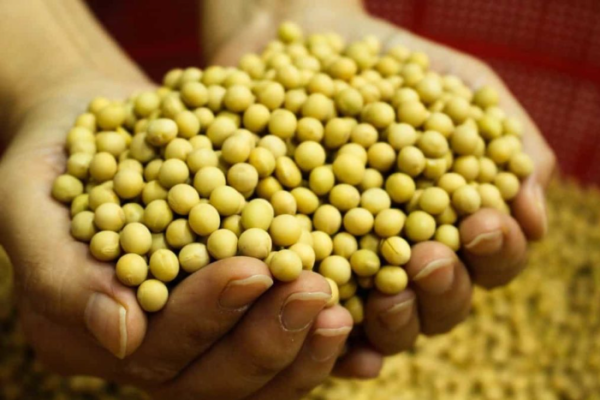
Here’s a quick reference chart for ideal seed sowing times across different categories:
Vegetables
| Vegetable | Ideal Sowing Time | Region | Notes |
|---|---|---|---|
| Tomato | Jan–Feb (indoors); Jun–Jul | All zones | Needs warmth; transplant seedlings |
| Brinjal (Eggplant) | Jan–Feb; Jun–Jul | North & Central | Avoid sowing in frost |
| Spinach | Oct–Nov | Pan-India | Thrives in cool weather |
| Carrot | Oct–Dec | North & Central | Needs deep, loose soil |
| Okra | Feb–Mar; Jun | All zones | Heat-loving; water regularly |
| Beans | Feb–Mar; Jul | Pan-India | Fast germination; trellis support |
Grains and Pulses
| Crop | Ideal Sowing Time | Notes |
|---|---|---|
| Wheat | Nov–Dec | Cold-tolerant; requires irrigation |
| Rice (Paddy) | Jun–Jul | Requires standing water (Kharif) |
| Lentils (Masoor) | Oct–Nov | Grows well in cool, dry winter |
| Chickpeas | Oct–Nov | Requires well-drained soil |
Flowers
| Flower | Ideal Sowing Time | Notes |
|---|---|---|
| Marigold | Jun–Jul; Oct–Nov | Easy to grow, blooms quickly |
| Sunflower | Feb–Apr | Needs full sun and space |
| Petunia | Sep–Oct | Prefers cooler temperatures |
| Zinnia | Feb–Mar; Jun | Fast-growing summer flower |
| Calendula | Oct–Nov | Hardy winter bloomer |
Fruits
| Fruit | Ideal Sowing Time | Notes |
|---|---|---|
| Watermelon | Feb–Mar | Needs high temperature and space |
| Muskmelon | Feb–Mar | Similar needs to watermelon |
| Papaya | Year-round (best: Feb, Jun) | Transplant young seedlings |
| Guava | June–July | Requires deep soil and warm weather |
Indoor vs. Outdoor Sowing: What to Know
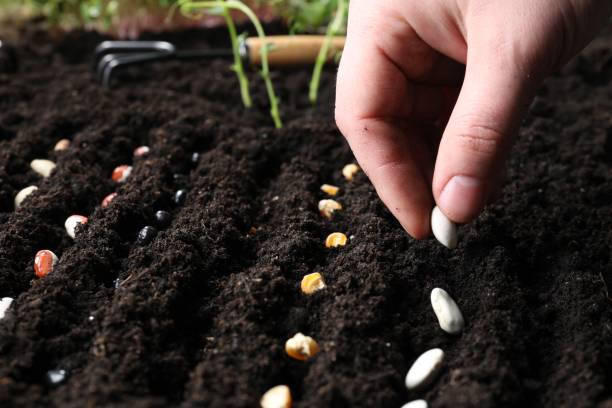
Start Seeds Indoors When:
- Growing long-season plants like tomatoes or chilies.
- You live in a cold area and want an early start.
- Protection from wind, rain, or pests is needed.
Tools: Seed trays, cocopeat/vermiculite mix, grow lights (optional), plastic covers or greenhouse kits.
Direct Sowing Outdoors When:
- Plants dislike root disturbance (e.g., carrots, radish, okra).
- Weather is already suitable (e.g., post-frost).
- You have well-prepared, fertile soil.
Tips for Maximizing Yield Through Strategic Sowing
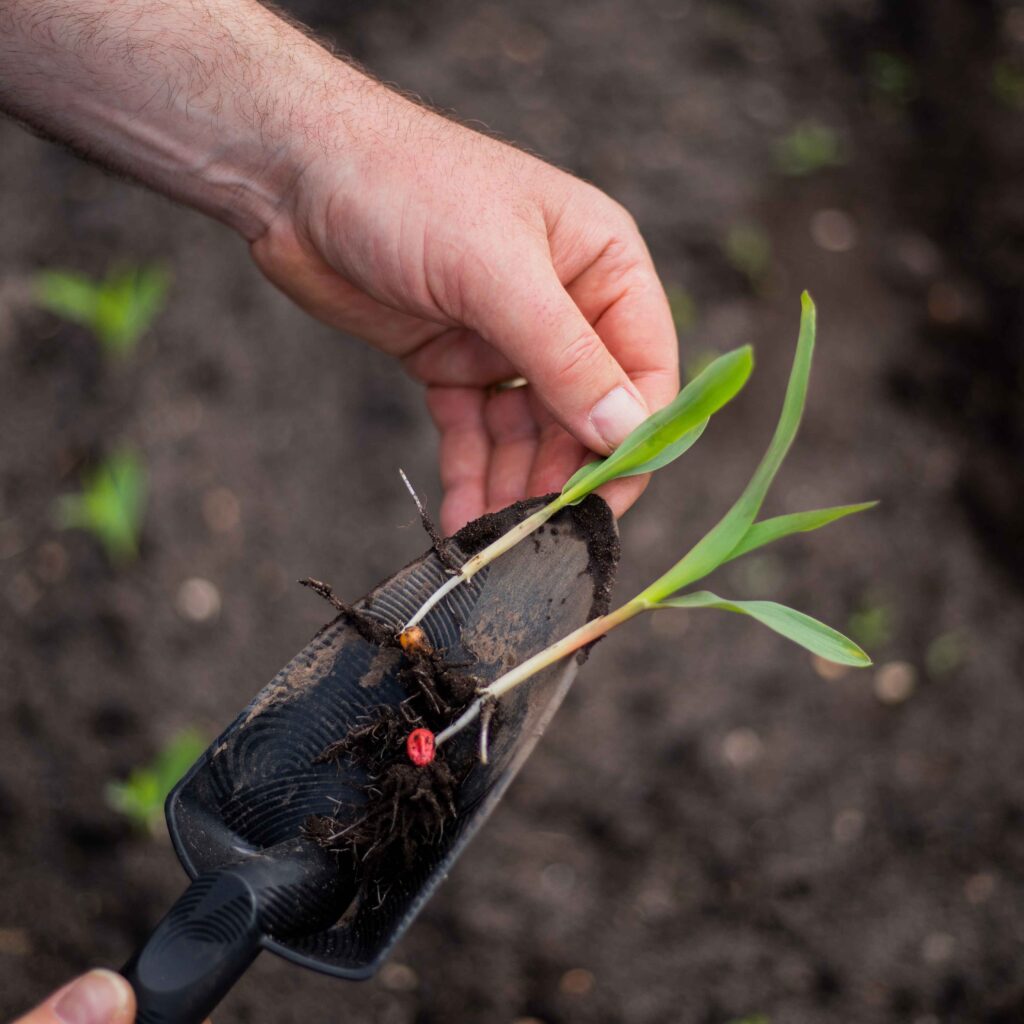
Use Succession Planting
Sow seeds in intervals of 10–15 days instead of all at once. This ensures a continuous harvest rather than one large yield that might go to waste.
Soil Preparation is Key
Always enrich the soil with compost or well-rotted manure before sowing. Loosen the soil to help young roots grow freely and ensure adequate drainage to prevent rot.
Pre-Soak Hard Seeds
Hard-coated seeds like beans or peas benefit from overnight soaking in warm water to speed up germination.
Companion Planting
Pair crops that benefit each other:
- Tomatoes + Basil
- Carrots + Onions
- Beans + Corn
This can improve yield, reduce pests, and boost flavor.
Use Seed Spacing Guidelines
Crowded seedlings compete for light and nutrients. Follow spacing instructions on seed packets or agricultural guides to give each plant enough room to thrive.
Mulch After Germination
Use straw, leaves, or dry grass around seedlings to retain moisture, suppress weeds, and regulate soil temperature.
Common Mistakes to Avoid
- Sowing all seeds at once
Can lead to overcrowding and uneven growth. - Ignoring local climate calendars
Seeds that thrive in Maharashtra may fail in Himachal if sown at the wrong time. - Not labeling rows or trays
Forgetting what you planted where can cause confusion during transplanting. - Overwatering in cold weather
Water only when the topsoil is dry to avoid fungal diseases.
Conclusion: Plan Your Sowing, Reap the Rewards
Gardening is as much about timing as it is about tools, soil, and seeds. By sowing seeds at the correct time—based on regional climate, crop type, and plant needs—you lay the foundation for a lush, productive garden.
Whether you’re a balcony gardener in Bangalore or a farm enthusiast in Punjab, understanding when to sow seeds can unlock your garden’s true potential. With strategic planning, a little observation, and the right timing, maximum yield isn’t just possible—it’s inevitable.
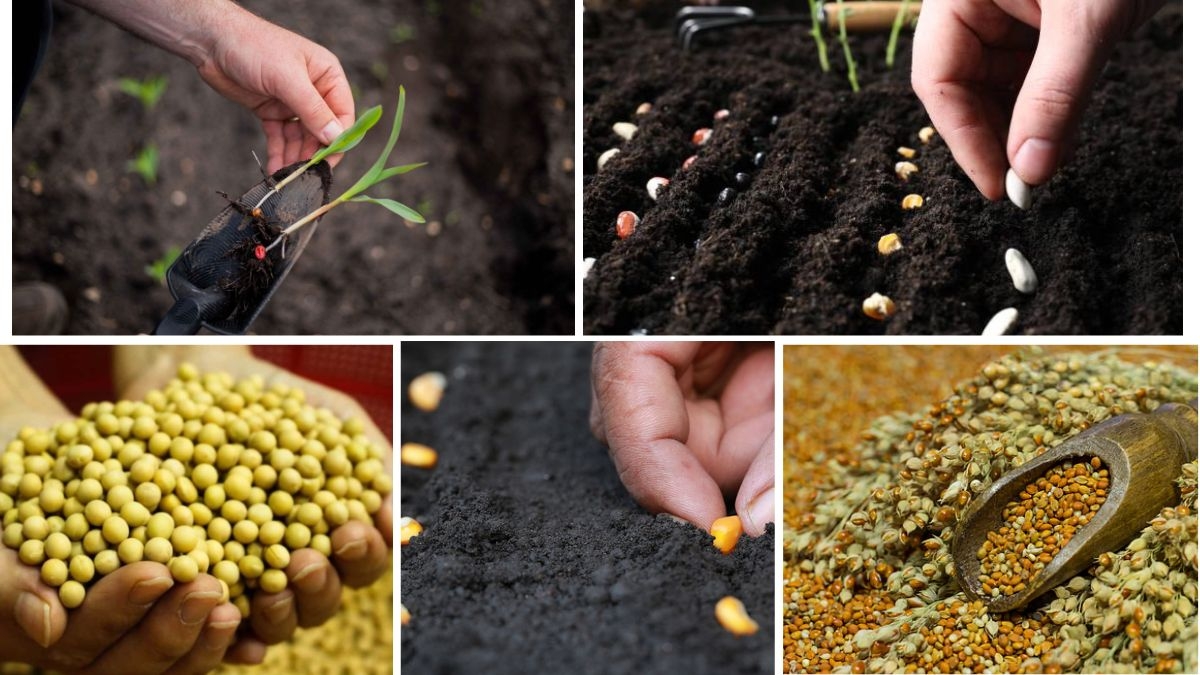

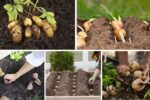


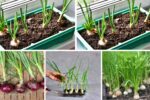
Leave A Comment